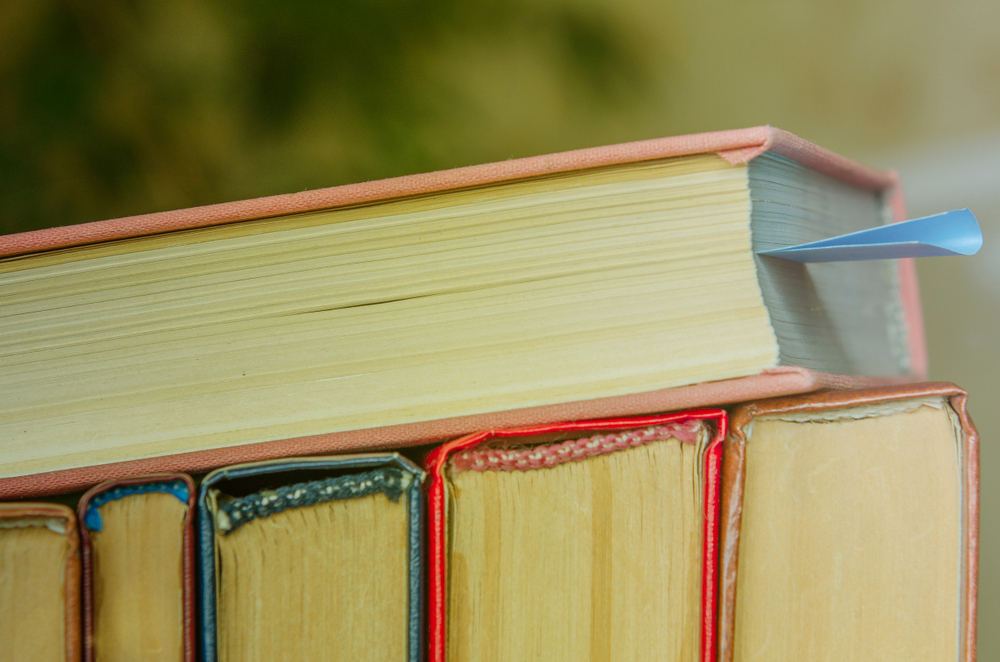Bubbles spark human fascination, with children and adults everywhere becoming enamored when they see one of these fleeting structures. This interest also spreads into environmental studies, with bubbles being recruited to help clear the world’s rivers and canals, and also in the physics realm. Many scientists globally have had their say figuring out the mathematics behind their popping, blowing, strength, and more.
This time, it was a group of French physicists that hated having their bubbles burst, so they decided to create “everlasting bubbles”. The structures, made out of plastic particles, glycerol, and water, didn’t pop for 465 days!
“When we discovered that the bubble didn’t rupture after days we were really astonished,” says physicist Michael Baudoin of Université de Lille in France. The team suspected what eventually led to the bubble’s demise was microbial contamination from the air.
Bubbles naturally form a sphere and thanks to gravity, draw the liquid to the bottom of the structure. Therefore, leaving a thin more vulnerable layer on the top that can easily pop and causing typical soap bubbles to last no longer than a minute in the open air.
With this new bubble formula, the plastic particles cling to the water, maintaining an evenly thick layer around the structure. Simultaneously, the glycerol particles absorb moisture from the air, helping oppose evaporation and stabilize the structure.
This anti-evaporation technology, published in Physical Review Fluids, has great potential to be recruited in the medical field. “I’m daydreaming here, but I could imagine it might be useful to ‘armor’ little droplets in aerosols and sprays to make them last longer in air. For example, some sort of medicine that’s administered by spraying and breathing in the aerosol,” said New York University Professor Leif Ristroph to NBC.
Source study: Physical Review Fluids – Everlasting bubbles and liquid films resisting drainage, evaporation, and nuclei-induced bursting












